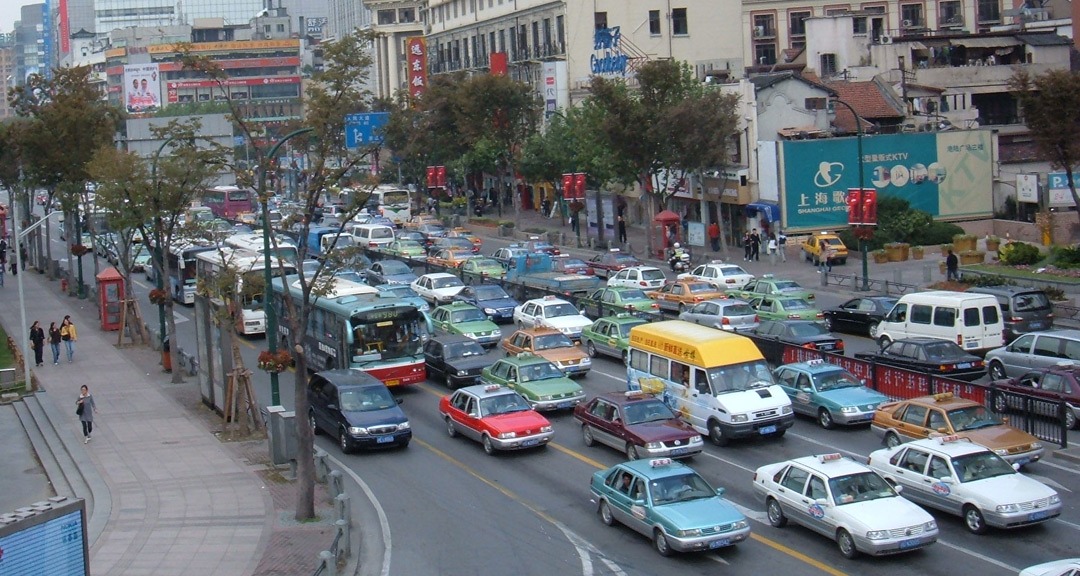Market Penetration & Distribution
At Pineal Consulting Group, we acknowledge that collaboration and strong communication are paramount to achieving business goals, so we make it a point to meet regularly with our customers to discuss performance, share new initiatives, and resolve any issues. By going the extra mile in giving our customers "peace of mind", we have achieved a strong track record of service excellence.
Opportunity
China, as the world's fastest growing developing economy presents a major opportunity for trade and investment by International IT, infrastructure, and other business related corporations.
Interest is being driven by the growth of imports into China in 2017 that totaled almost RMB 12.5tn (USD 1.95tn), an 18.7% increase from 2016. "With the world's largest population and the second largest economy, China is the second largest importer and consumer in the world. Chinese consumers have a rapidly-growing demand for high quality products and services. In the next five years, China is expected to import US$10 trillion worth of products and services," said Sun Chenghai, Deputy Director General of CIIE Bureau.
Growth and Regulation
China's retail sector offers great opportunities for food product exporters. According to Euromonitor, retail sales in the packaged food market in China was estimated to reach US$226.3 billion in 2016. By the year 2021, the market is expected to reach nearly US$309.6 billion. However, there still are many challenges in selling foreign food products in the retail sector. Demand for imported food and beverage is expected to remain resilient, as consumers perceive imported products to be safe and of high quality. The major drivers of China's retail growth include rapid urbanization and an increase in the number of middle class consumers. China's consumers expect their food purchases to be easy and convenient. As a result, electronic commerce (e-Commerce) has become an important tool for businesses in the retail sector to use and to adapt to in order to reach their customers.
Challenges for Overseas Companies
China is a complex and difficult market in which to enter and compete effectively. Many believe that the Chinese market is opaque and difficult to navigate without professional local guidance. Like most countries, local relevance, good information and exceptional relationships are very important in the China market. To date, many overseas companies have wasted time and scarce resources with flawed China strategies. Global companies that want to really understand China and develop profitable business there need expert guidance and professional business development advice.
E-COMMERCE
ITS NOT JUST ABOUT THE BIGGEST PLAYERS
E-commerce in China is not just about ‘Tmall’ & ‘Jingdong’, the two largest sites. For large brands and product launches with significant funding, these are great platforms in terms of the traffic they drive, however they are not a ‘magic bullet’. Consider the most intelligent way to invest your budget when it comes to e-commerce exposure and establishing your sales infrastructure in China.
INTERNET ACCESS
As of July 2017, there were 751 million internet users in China (almost 20 million more than 2016), thus the internet penetration rate in China reached 54.3%, up by 1.1% from the previous year. Nevertheless, the difference in penetration between urban and rural areas remains high, the latter recording a rate of 34% compared to 73.3% of urban areas. In terms of network usage among internet users, the urban-rural gap is smallest in instant messaging, where the rural penetration rate is only 2% lower than urban, but when it comes to business transactions, mobile payments, news, and similar applications, the gap is much higher.
DISTRIBUTION
The China market offers opportunities for companies that can navigate its evolving sales and distribution landscape. Before the launch of economic reforms in 1978, the PRC government controlled China’s nationwide distribution channels, including the system of managed distribution centers, wholesale operations, and retail outlets. The State Planning Commission issued production requirements and allocated inventory.
As reforms progressed, the government phased out central planning for many products. China’s 2001 World Trade Organization (WTO) entry brought more foreign competition, which led to the elimination of many local distribution points and the centralization of main provincial hubs. These changes allowed for greater privatization of distribution at a local level. In 2004, China issued rules that opened distribution to foreign investment and, among other things, allowed foreign distribution companies to apply for national wholesale licenses. Today, foreign enterprises may participate in joint-venture distribution operations for most wholesale operations.
Today, mass distribution in China is dominated by large Asian groups, with Chinese distributors taking the most significant market share. Shanghai Bailin on its own has 5000 sales outlets and a turnover of EUR 6.8 billion. Lotus, a Thai distribution group, is also a major player in China. Groups from outside of Asia, including Carrefour and Walmart, have also been able to establish themselves, but foreign firms have yet to significantly establish themselves in rural areas, thus traditional trade is still significant.
Bottlenecks in logistics expansion
Logistics in China is a highly fragmented industry. Bottlenecks hamper efficient and low-cost product delivery. With more than 730,000 registered logistics operators, according to the Global Supply Chain Council, coordinating supply chain capacity and material handling often affect material flows.
One challenge with logistics optimization involves city restrictions on truck sizes during certain times of day. Shanghai, like many other major Chinese cities, limits the use of trucks during daylight hours to alleviate traffic congestion. This complicates distribution and batch shipment optimization. Distribution companies must resort to a fleet of smaller cars and vans or pay exorbitant taxes and fees to use trucks.
Companies must also decide whether to outsource logistics or develop in-house logistics capabilities. According to the Global Supply Chain Council, third-party logistics is a more than ¥60 billion ($8.8 billion) market in China. As logistics outsourcing grows, competitive advantages for third-party logistics providers—namely in service and efficiency—will lead to greater integration for business operations.










